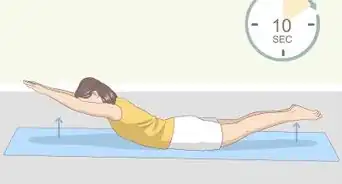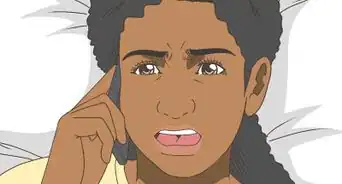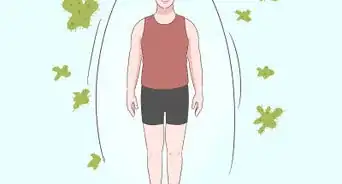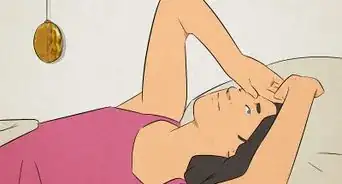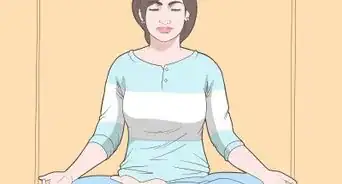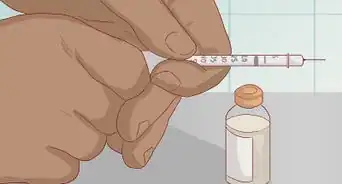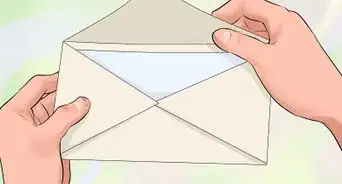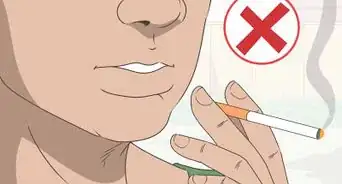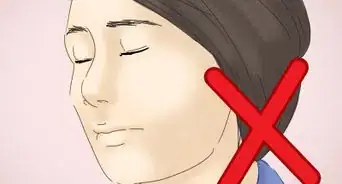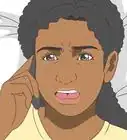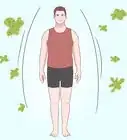This article is based on an expert interview with Ashley Mak, DPT, conducted by wikiHow Staff Editors. Ashley Mak is a Physical Therapist and the Owner of Ashley Mak Performance and Rehabilitation, his physical therapy business based in Hoboken, New Jersey. He is also the CEO of Hudson River Fitness and an Adjunct Professor at Kean University. With over seven years of physical therapy experience, Ashley specializes in both pain management and maximizing physical performance. He received his BA in Biology from Villanova University in 2010 and his Doctorate in Physical Therapy (DPT) from Thomas Jefferson University in 2012.
This article has been viewed 15,192 times.
Muscle knots can be stubborn sources of pain and discomfort—and they may be trying to help us. In this video, Ashley Mak, PT, DPT, teaches us about the three main systems of movement in our bodies, and how an imbalance or deficiency in any one of these areas can lead to knots in the back.
Key Takeaways
- Muscle knots are usually caused by a deficiency in strength, range of motion, or coordination.
- Knots actually form to create more stability and protect your body from injury.
Video Transcript
There actually are a number of reasons why that is possible. If you look at the body, there are a couple of different movement systems at work. So the typical systems include your circulatory system, respiratory, your nervous system, and your muscular system. And when it comes to overall movement, we have to look at three major pieces, which includes strength, range of motion, and then coordination. And so for the most part, the knots that you're actually experiencing are often due to a response or a deficiency in any one of those three categories. If you're weak, if you're unstable, or if you're not just coordinated enough to maintain that type of tension, those knots will actually come about and be there to create some sort of stability in protecting your body from further injury.

